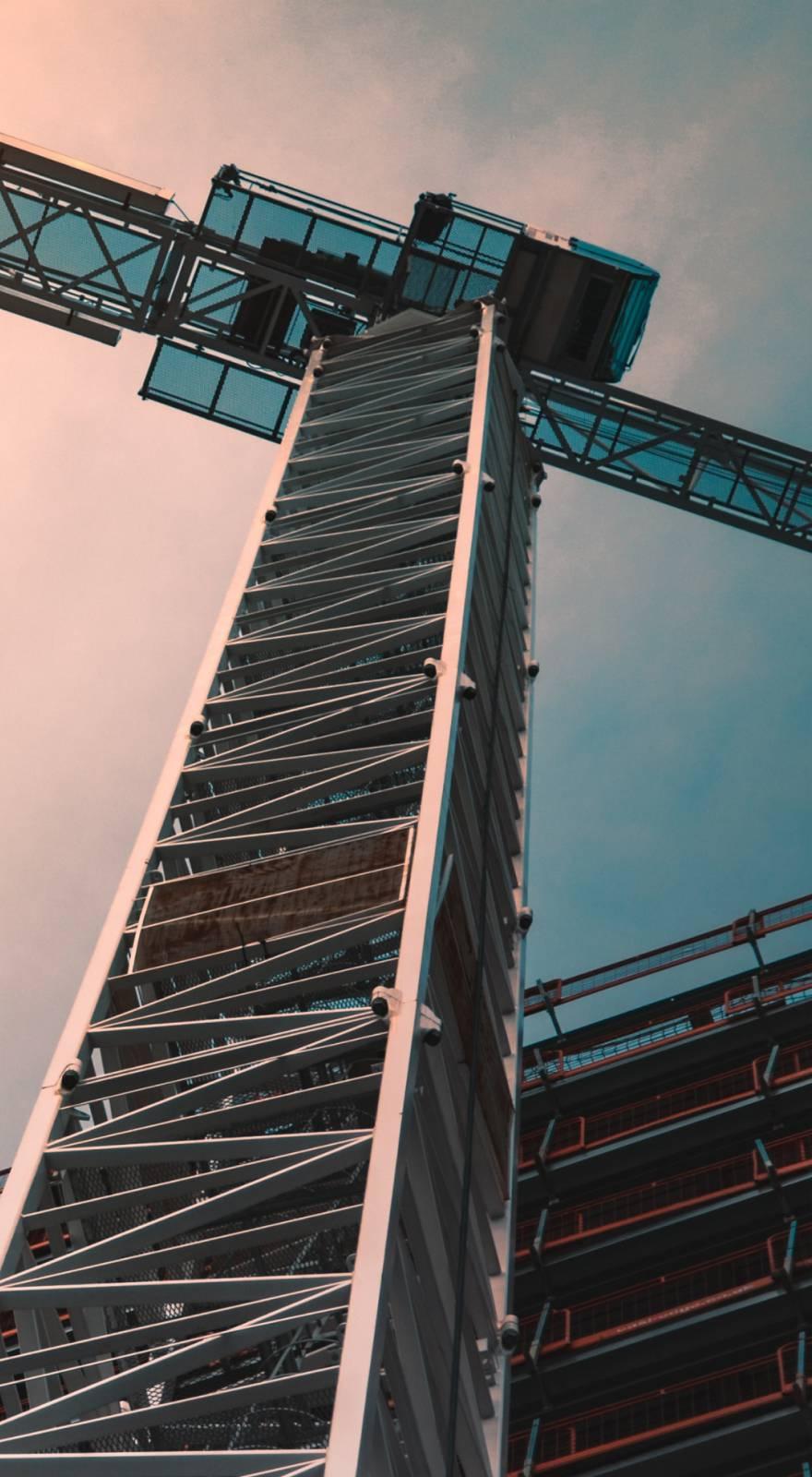Knowde Enhanced TDS
Identification & Functionality
- Chemical Family
- Technologies
- Product Families
Features & Benefits
- Labeling Claims
- CASE Ingredients Features
- Features
- Low emission
- Soft, elastic
- Very high walking comfort
- Sound absorbing (12 dB)
- Hard Wearing
- Crack bridging
- Easy to process
- Excellent self-leveling properties
- Easy to apply
- Can be applied on asphalt
Applications & Uses
- Applications
- Coating Type
- Field of Application
Polem A SLR is used as a body coat and forms the basis of a floor coating system which find use in applications such as: • Hospitals and old peoples homes • Schools • Libraries • Offices • Cafeterias and canteens • Shops and supermarkets Please refer to the individual system data sheets.
- Substrate Preparation
All substrates must be structurally sound, clean and dry and free from oil, grease and loose material and any other contamination which might impair adhesion. Mechanical preparation such as captive shot blasting, scarification, and diamond grinding for edge work should be used to produce a substrate surface profile suitable for the application of a resin finish. The tensile strength of the substrate should exceed 1.5MPa. The residual moisture content should be less than 4%. Polem A SLR should be applied when substrate temperatures are constant or falling to minimize the risk bubble and void formation due to expansion of air within the substrate when temperatures are rising. This is particularly important to note on external applications. The curing reactions are influenced by the ambient, material and substrate temperatures. Low temperatures lengthen the pot life, open- and curing times. High temperatures shorten pot life, open- and curing times. The temperatures should not fall below the minimum stated until the material is fully cured. The temperature of the substrate must be at least 3°C above the dew point both during the application and for at least a further 24 hours (at 15°C).
- Application
Polem A SLR is supplied in working packs which are pre-packaged in the exact ratio. Before mixing, precondition both A and B components to a temperature of approximately 15 to 25°C. Pour the entire contents of part B into the container of part A. DO NOT MIX BY HAND. Mix with a mechanical drill and paddle at a very low speed (approx. 300 rpm) for at least 3 minutes. Scrape the sides and the bottom of the container several times to ensure complete mixing. Keep the mixer blades submerged in the coating to avoid introducing air bubbles. DO NOT WORK OUT OF THE ORIGINAL CONTAINER. After proper mixing to a homogeneous consistency pour the mixed parts A and B into a fresh container and mix for another minute. If Polem A SLR is to be extended with sand, the sand should be added to the mixed components under continuous mixing until uniformly distributed. Polem A SLR is poured onto the prepared substrate and spread with a notched trowel, or spreader (rubber or steel). Bubbles should be removed by rolling with a spiked roller. The curing time of the material is influenced by the ambient, material and substrate temperatures. At low temperatures, the chemical reactions are slowed down; this lengthens the pot life, open time and curing times. High temperatures speed up the chemical reactions thus the time frames mentioned above are shortened accordingly. To fully cure, the material, substrate and application temperature should not fall below the minimum. The temperature of the substrate must be at least 3°C above the dew point both during the application and for at least 8 hours after application (at 15° C).
- Consumption
Typically 0.1–0.2 kg/m2. Do not exceed the recommended use.
Properties
- Physical Form
- Typical Properties
| Value | Units | Test Method / Conditions | |
| Elongation at Break (14 Days / +23°C) | 150 | % | — |
| Working Time at 23°C | 30 | minute | — |
| Fully Cured (23°C) | 3 | days | — |
| Substrate Temperature | 44711 | °C | — |
| Hardness (14 Days / 23°C) | 80 | Shore D | DIN 53505 |
| Thickness | 1.5 - 2 | mm | — |
| Mixed Density (23ºC) | 1.37 | g/cm³ | — |
| Temperature Resistance | max. 90 | °C | — |
| Temperure Resistance | max. 90 | °C | — |
| Mixed Viscosity (20ºC) | 2000 | mPas | — |
| Temperature Resistance | min. 90 | °C | — |
| Adhesion to Concrete | Complies | — | BS/EN 24614 |
| Mixing Ratio (A:B) | 5.7 : 1 | wt | — |
| Abrasion Resistance (Taber) | max. 3000 | mg | EN 1504-2 |
| Hardness (14 Days / +23°C) | 80 | Shore D | DIN 53505 |
| Ready for Traffic (23°C) | 7 - 24 | hours | — |
| Relative Humidity (20°C) | max. 85 | % | — |
| Puncture Resistance | min 150 | KGF | ASTM E154 |
| Impact Resistance | Class II | — | EN 1504-2 |
| Fire Classification | Efl | — | EN 1504-2 |
| Tensile Strength (14 Days / +23°C) | 7 | N/mm2 | DIN 53504 |
Packaging & Availability
- Packaging Type
- Packaging
Polem A SLR is supplied in 20 kg, 200 kg or 1000 kg units.
Storage & Handling
- Shelf Life
Minimum 12 months stored in original containers under dry conditions at a temperature between 15 – 20°C. Do not expose to direct sunlight







